When you think of wine, your mind likely wanders to the rolling hills of Tuscany, the sun-drenched vineyards of Napa Valley, or perhaps the historic estates of Bordeaux. But the world of winemaking extends far beyond these familiar territories, with exceptional vintages emerging from places you’d never expect.
Here is a list of 20 surprising wine regions producing remarkable bottles worthy of your attention, often in places where geography and climate seem to defy conventional winemaking wisdom.
Helan Mountain, Ningxia, China
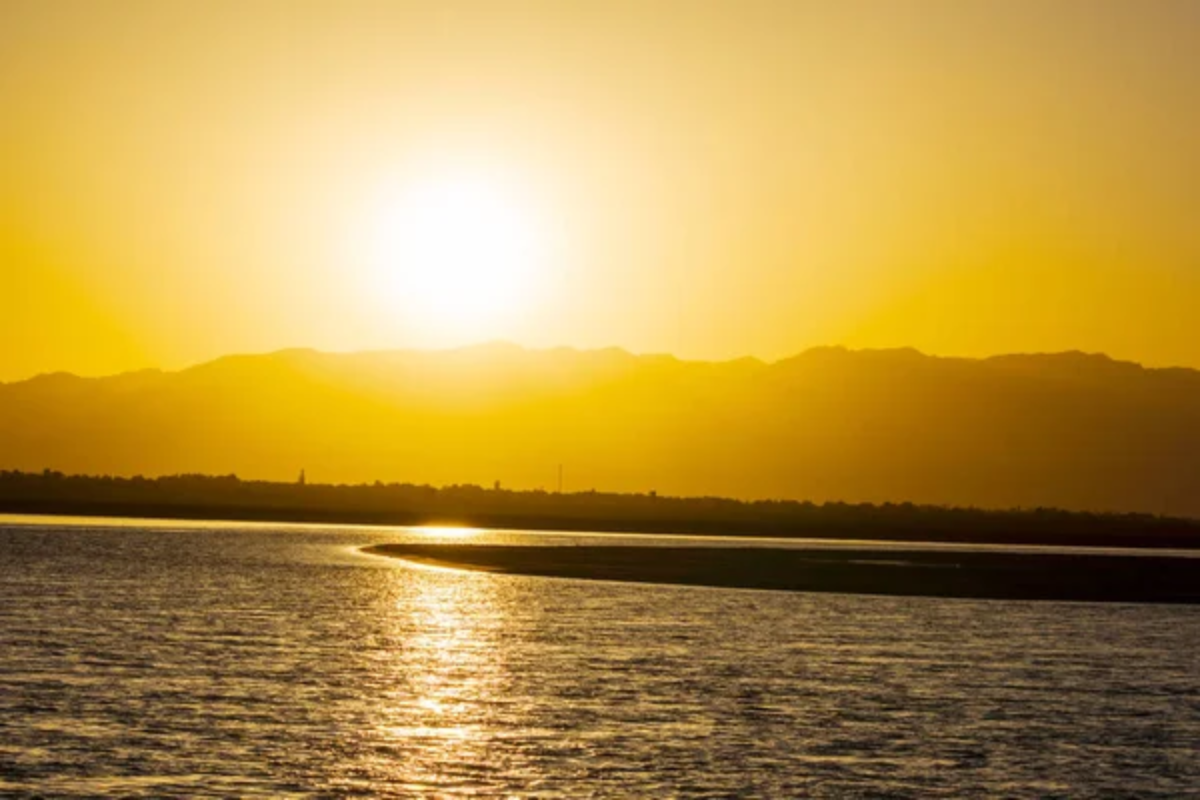
The arid landscape near China’s Helan Mountain range in Ningxia province offers surprisingly ideal conditions for viticulture. Located at the eastern edge of the Gobi Desert, this emerging region benefits from the mountain’s protection against harsh desert winds while harnessing extreme temperature variations between day and night.
Chinese winemakers focus primarily on Cabernet Sauvignon and Merlot varieties, creating full-bodied wines with distinctive mineral characteristics that have begun attracting international attention.
Tasmania, Australia

While mainland Australia has long been celebrated for its wines, Tasmania’s cool-climate offerings remain surprisingly under the radar. The island’s pristine environment and maritime influence create ideal conditions for producing elegant Pinot Noir and sparkling wines that rival those from Champagne.
Tasmania’s relatively recent emergence on the global wine scene means these exceptional bottles often deliver remarkable value compared to their European counterparts.
Like Travel Pug’s content? Follow us on MSN.
Patagonia, Argentina
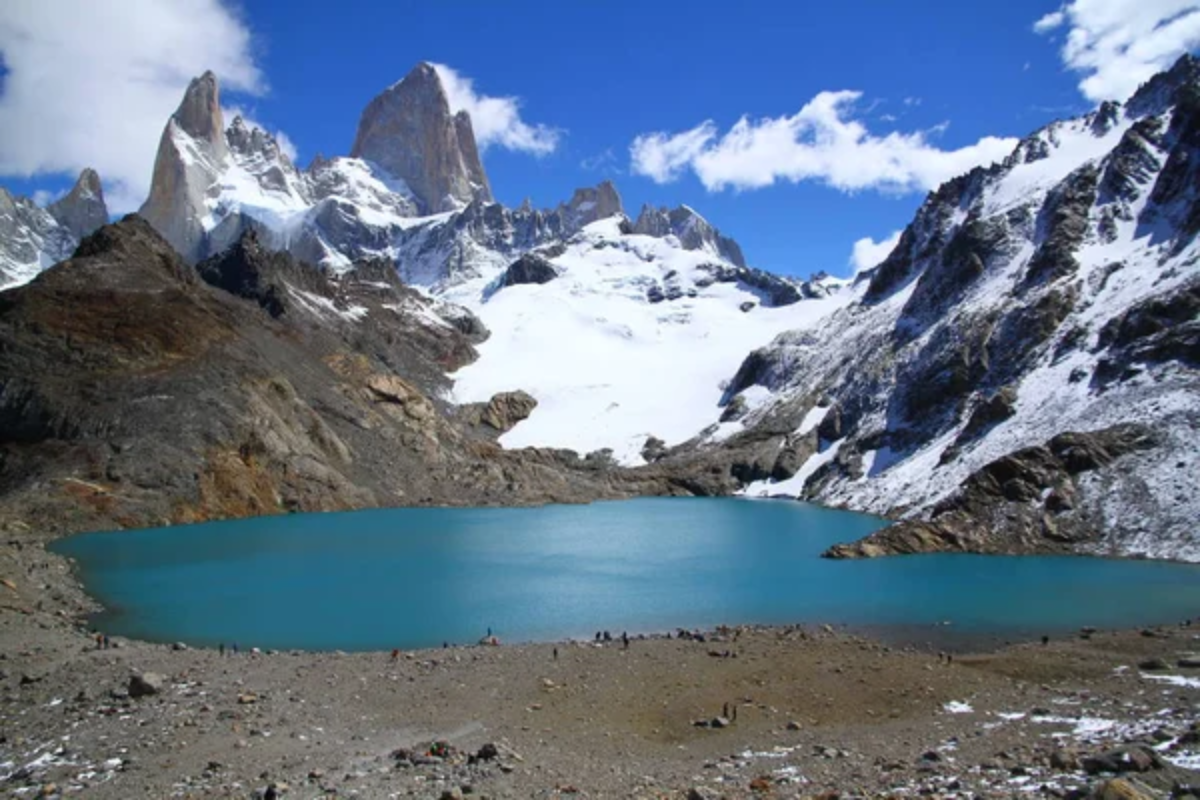
At the southernmost tip of South America, Patagonia’s windswept plains host vineyards that thrive in what might seem like impossible conditions. With fierce winds, minimal rainfall, and dramatic temperature swings, this extreme terroir produces intensely flavored Malbecs and Pinot Noirs with exceptional acidity.
The region’s isolation and pure air quality contribute to organic growing practices that yield remarkable purity and expression in wines.
Snake River Valley, Idaho
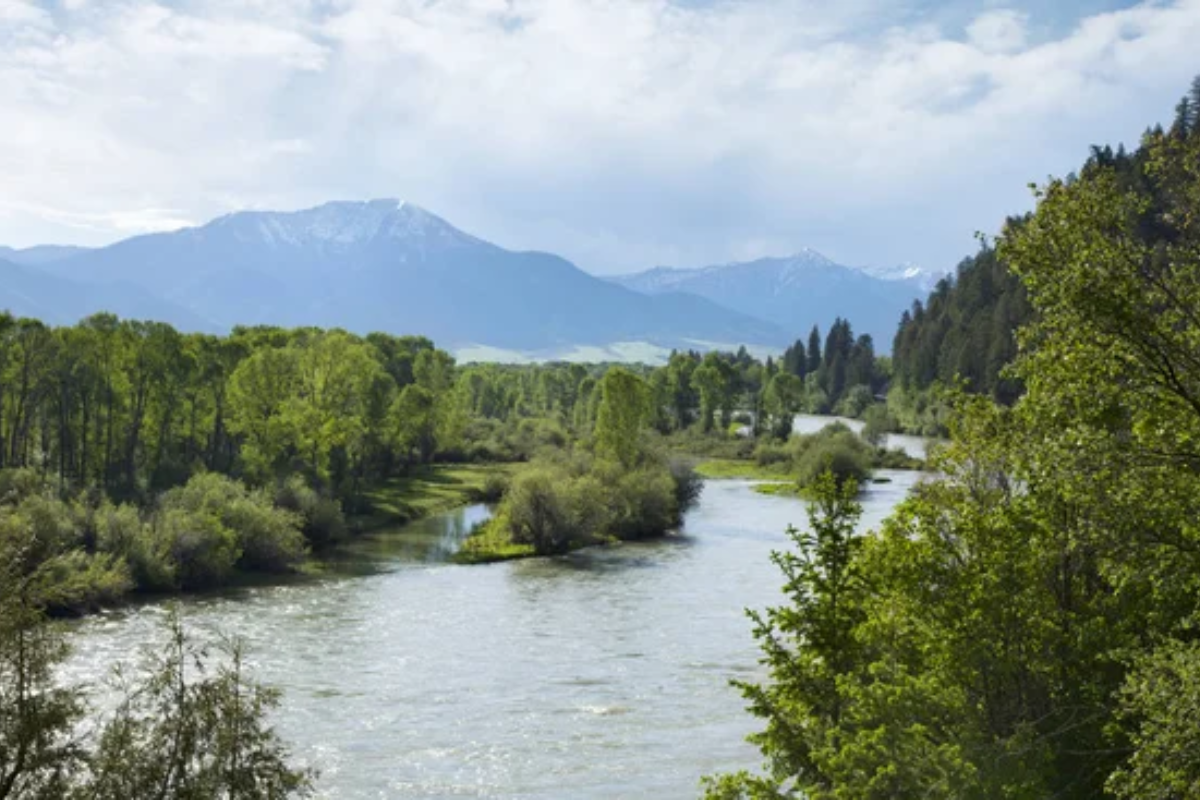
Idaho’s agricultural reputation centers on potatoes, not Pinot Noir, yet the Snake River Valley AVA is steadily gaining recognition for exceptional winemaking. The valley’s high elevation and volcanic soils mirror conditions in acclaimed European regions, producing aromatic whites and structured reds.
Local winemakers embrace experimental approaches, creating distinctive syrahs and tempranillos that showcase the unique characteristics of this overlooked American terroir.
Kakheti, Georgia
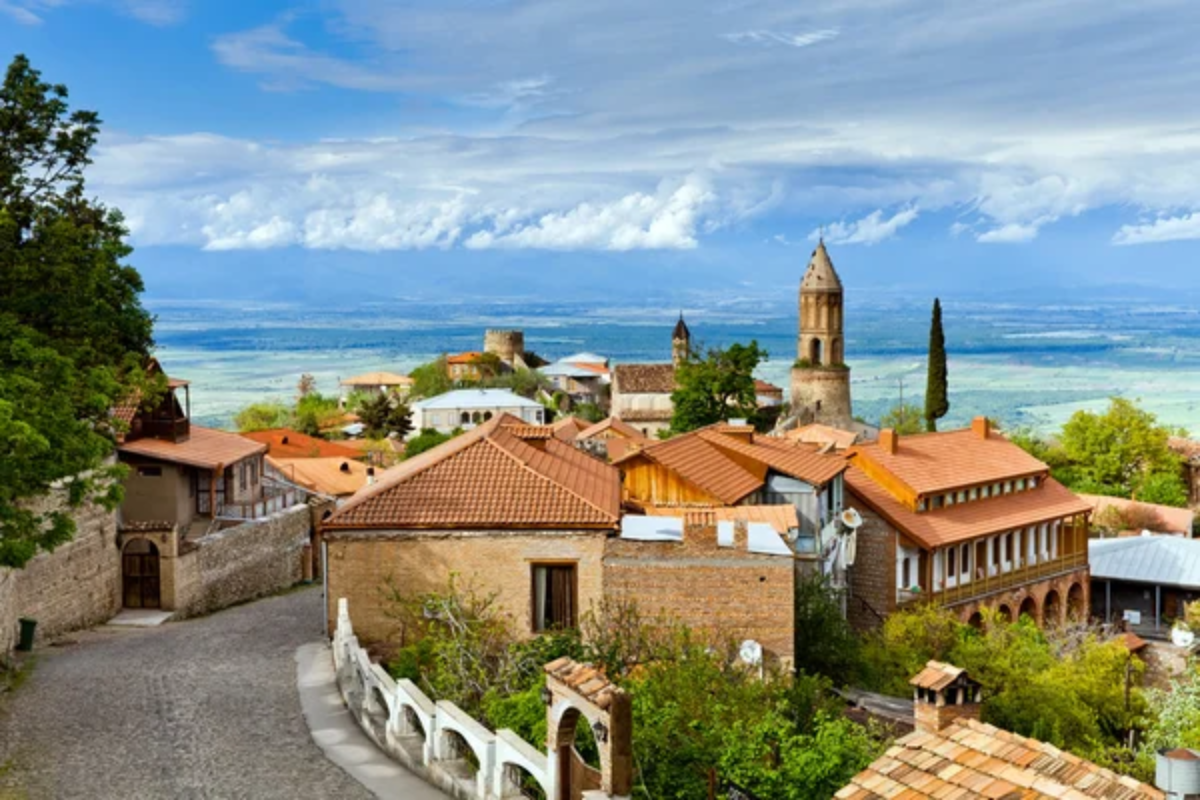
Georgia (the country, not the state) claims to be the birthplace of wine, with a winemaking tradition dating back 8,000 years. The Kakheti region maintains ancient practices, including fermenting wine in qvevri, large clay vessels buried underground.
These traditional methods produce amber wines with complex tannins and distinctive flavors unlike elsewhere in the wine world.
Like Travel Pug’s content? Follow us on MSN.
Canary Islands, Spain
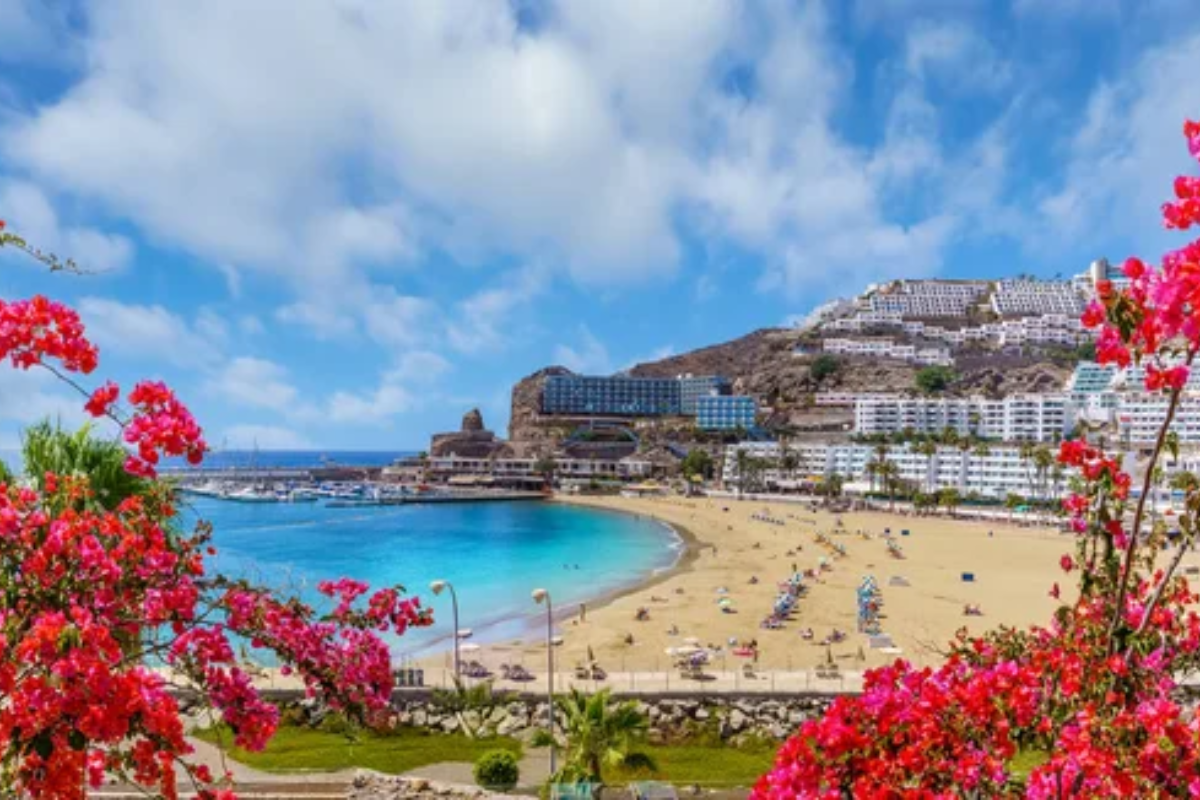
Vineyards on these Spanish islands off the coast of Africa grow in black volcanic soil, often in crater-like depressions designed to protect grapes from fierce Atlantic winds. The islands’ isolation has preserved indigenous grape varieties found nowhere else on earth.
These unique grapes, combined with mineral-rich volcanic soils and cooling ocean influences, create wines with distinctive saline qualities and remarkable freshness despite the warm climate.
Bekaa Valley, Lebanon
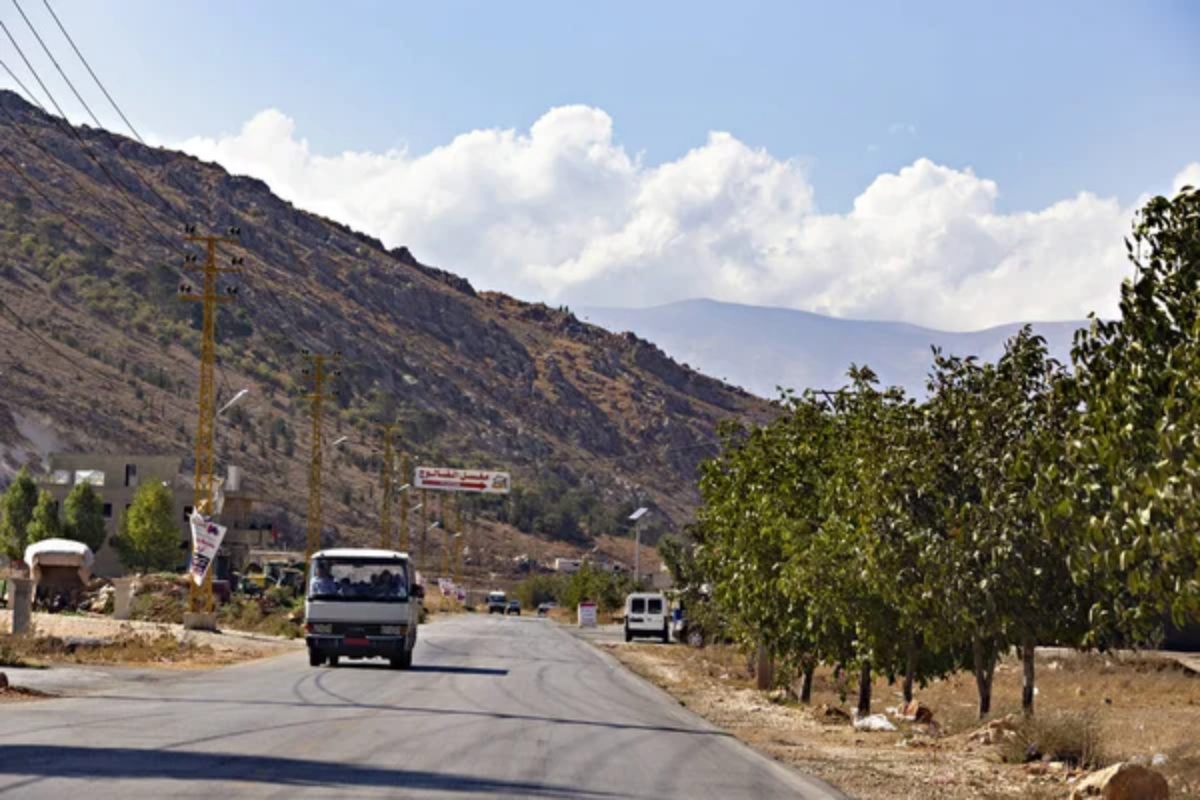
Despite regional conflicts, Lebanon’s Bekaa Valley maintains a winemaking tradition stretching back thousands of years. The valley’s high elevation provides Mediterranean grapes with cool nights, essential for preserving acidity and developing complex flavors.
Lebanese winemakers blend Old World techniques with modern approaches, creating Cabernet-Merlot blends and distinctive whites that tell the story of this historic region’s remarkable resilience.
Yamanashi, Japan

Japan’s burgeoning wine industry centers around Yamanashi Prefecture, where koshu—an indigenous grape variety—produces delicate whites with subtle citrus notes and characteristic restraint. The region’s humid climate presents significant challenges, inspiring innovative vineyard management techniques among dedicated producers.
These distinctive wines pair beautifully with Japanese cuisine, reflecting the same precision and refinement in the country’s culinary traditions.
Like Travel Pug’s content? Follow us on MSN.
North Cape, Norway

Climate change has pushed viniculture into previously impossible northern territories, including areas of Norway where determined growers cultivate cold-hardy hybrids. These vineyards, often located alongside fjords where water moderates temperatures, produce light, high-acid wines with distinct mineral characteristics.
Norwegian winemakers embrace their extreme conditions, creating distinctive expressions that capture the essence of one of the world’s most unexpected wine regions.
Golan Heights, Israel
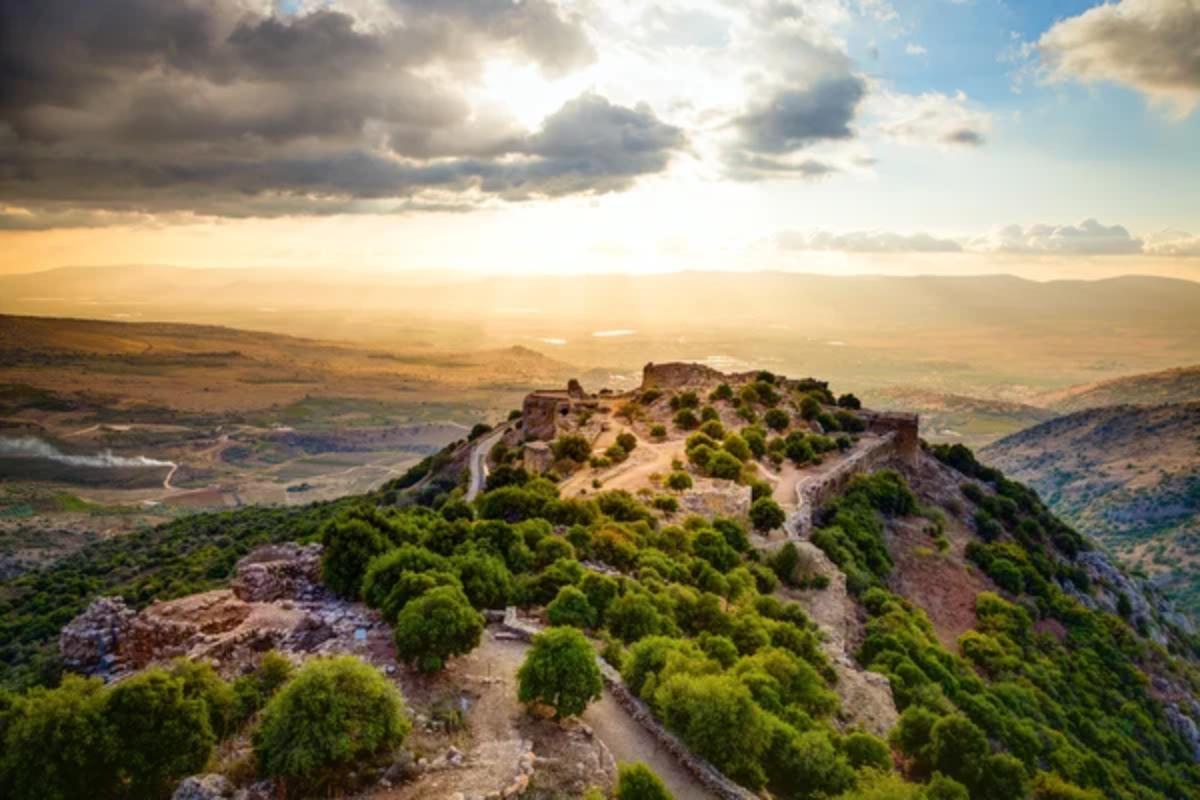
The volcanic plateaus of the Golan Heights rise 3,000 feet above sea level, creating a cool microclimate in an otherwise warm region. This elevation allows for the cultivation of European varieties that develop slowly and evenly in moderate temperatures.
Excellent drainage from volcanic soil and significant day-night temperature variations produce concentrated, balanced wines that have garnered international recognition.
Baja California, Mexico
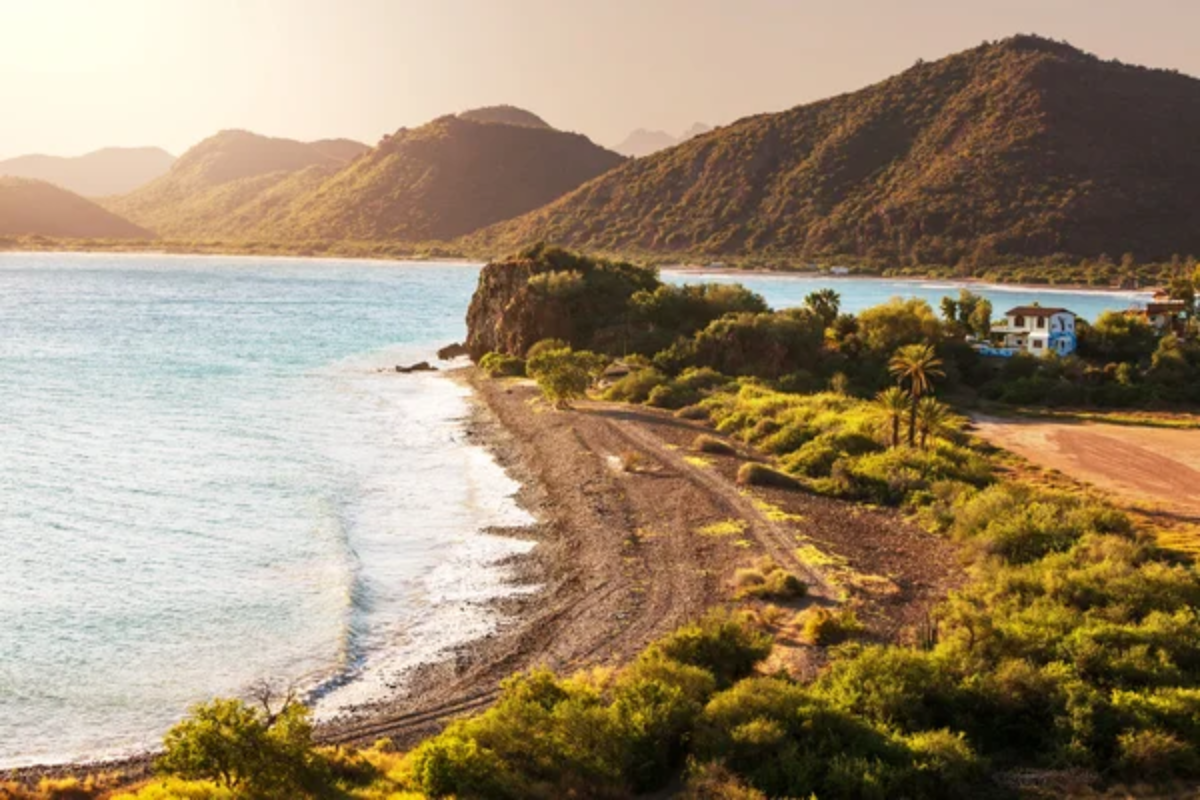
Just south of California lies Mexico’s Valle de Guadalupe, where Mediterranean varieties thrive in the arid climate moderated by Pacific breezes. Water scarcity has forced innovative approaches, including dry-farming techniques that create intensely flavored, low-yield grapes.
Mexican winemakers blend traditional approaches with experimental techniques, creating distinctive wines that reflect the region’s unique position between Old and New World influences.
Like Travel Pug’s content? Follow us on MSN.
Dalmatian Coast, Croatia

Croatia’s dramatic coastline harbors ancient varieties like plavac mali (a zinfandel relative) growing on steep slopes that plunge toward the Adriatic Sea. Vineyards planted in this challenging terrain produce concentrated reds from vines struggling in poor, rocky soils.
The combination of intense Mediterranean sunshine, cooling sea breezes, and Indigenous varieties creates wines with distinctive character and a sense of place that couldn’t exist anywhere else.
Swartland, South Africa

Beyond the familiar wine regions around Cape Town lies Swartland, where old bush vines grown without irrigation produce intensely concentrated grapes in limited quantities. This once-overlooked region has become an epicenter for minimalist winemaking, with producers focusing on chenin blanc and rhône varieties.
The region’s hands-off approach yields wines with remarkable purity and a distinct expression of South Africa’s diverse terroir.
Savoie, France
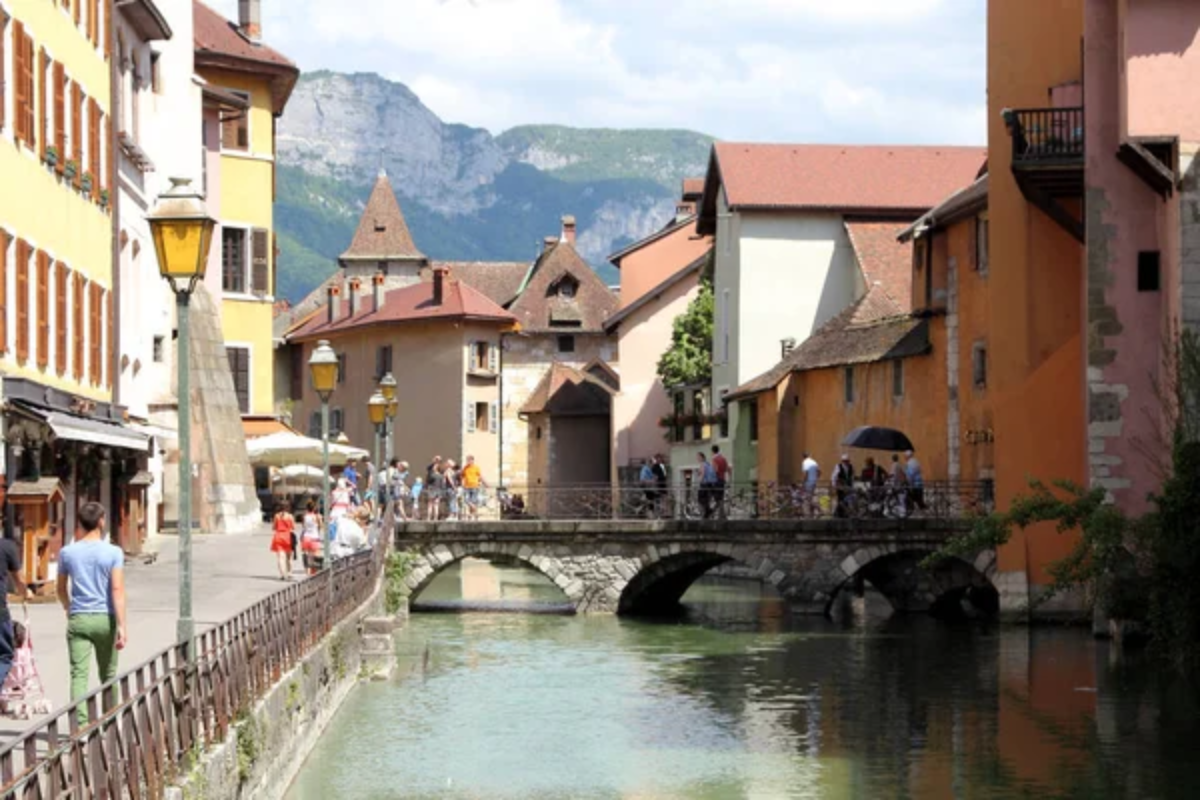
Nestled in the French Alps, Savoie’s dramatic vineyards cling to steep mountainsides where indigenous varieties like jacquère and mondeuse thrive in the cool climate. The region’s alpine influence creates wines with vibrant acidity and distinctive mineral characteristics from mountain soils.
These light-bodied, food-friendly wines perfectly complement the local cuisine yet remain surprisingly unknown outside France.
Like Travel Pug’s content? Follow us on MSN.
Texas Hill Country, USA

The limestone-rich soils of Texas Hill Country share geological similarities with renowned European regions, supporting Mediterranean varieties that are well-suited to the warm climate. Local winemakers have embraced Tempranillo, mourvèdre, and Viognier, creating distinctively Texan expressions with bold character.
The region’s rapid quality improvements have earned international recognition, establishing Texas as a serious wine destination despite challenging growing conditions.
Uco Valley, Argentina
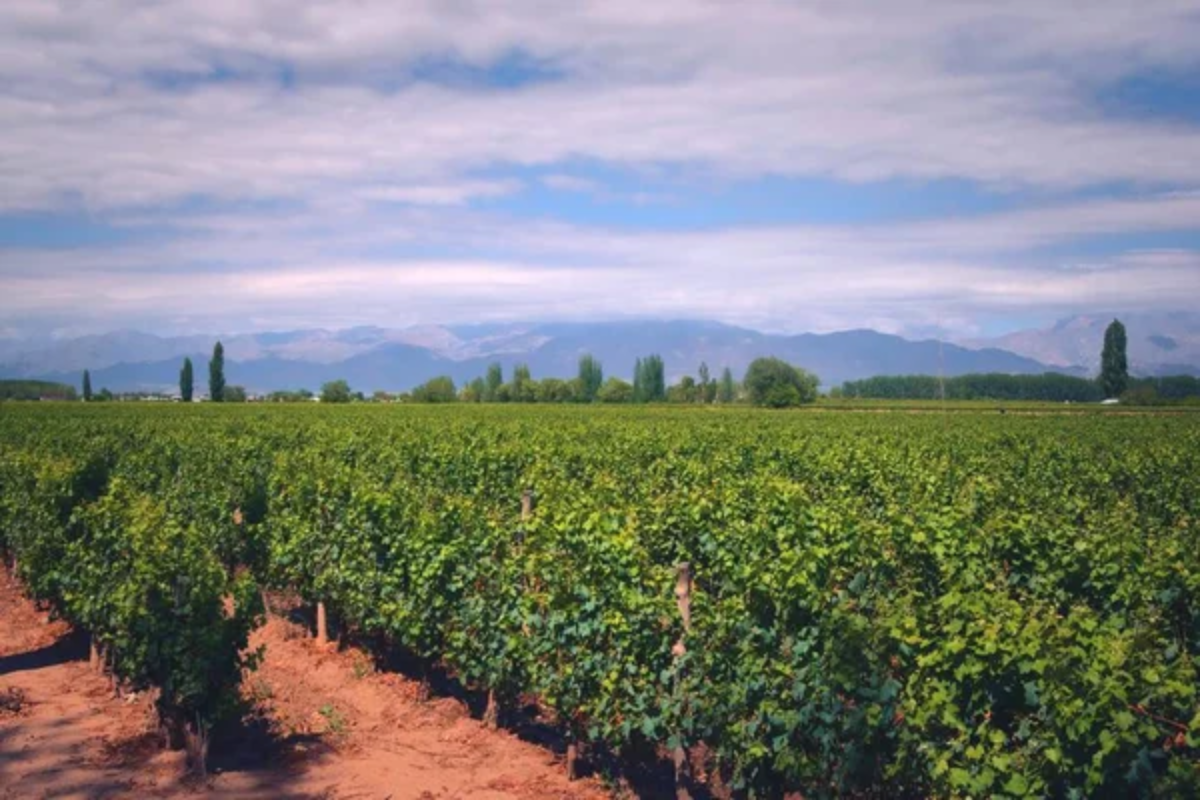
High in the foothills of the Andes Mountains, Argentina’s Uco Valley represents the cutting edge of high-altitude winemaking, with vineyards planted up to 5,000 feet above sea level. This extreme elevation creates wines of remarkable intensity, with pure fruit expression and vibrant acidity rarely found in warmer climates.
The valley’s alluvial soils, minimal rainfall, and dramatic temperature variations between day and night allow for exceptional malbec, cabernet franc, and increasingly, complex white wines that showcase this unique terroir.
Etna, Sicily
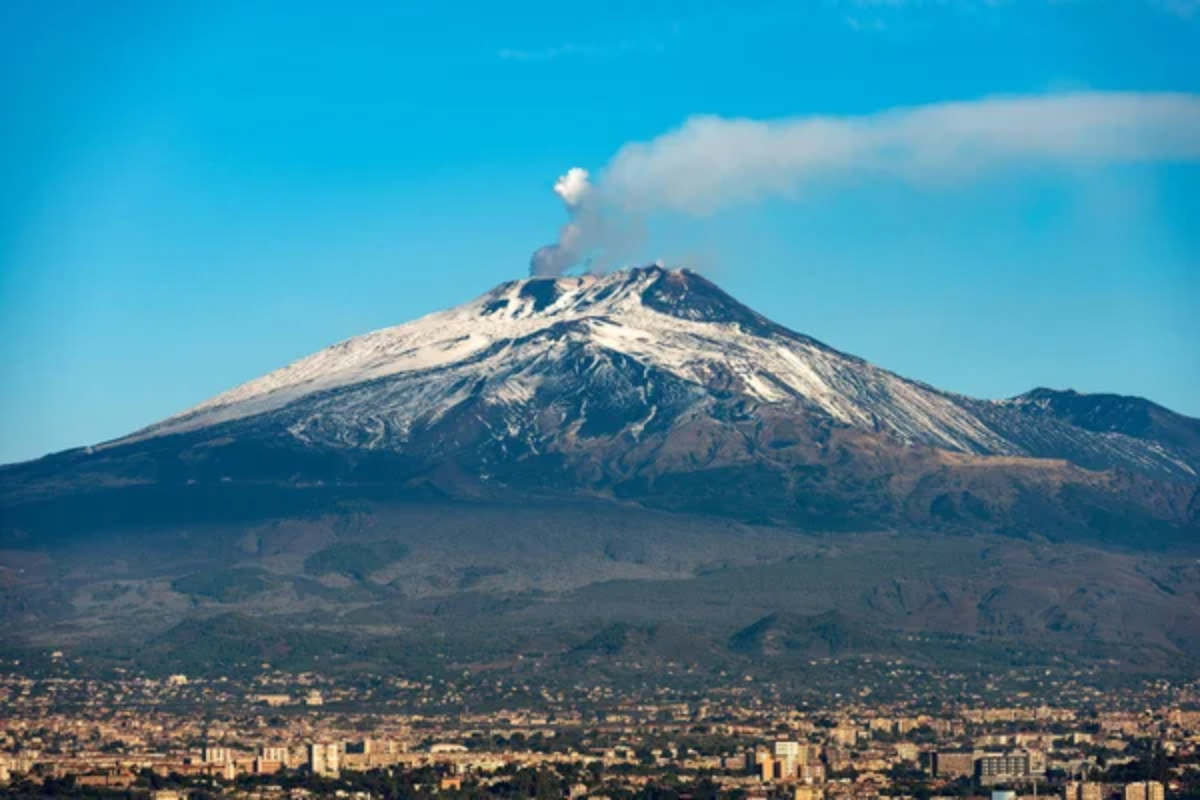
On the slopes of Europe’s most active volcano, vineyards planted at varying elevations create a remarkable diversity of microclimates. Indigenous varieties like Nerello Mascalese grow in black volcanic soil, absorbing the mountain’s mineral wealth.
The combination of high elevation, ancient vines, and volcanic terroir produces wines with a smoky intensity and elegant structure that have captivated wine enthusiasts around the world.
Like Travel Pug’s content? Follow us on MSN.
Finger Lakes, New York

Deep, narrow lakes created by ancient glaciers moderate temperatures in this cool climate region, protecting sensitive vines from temperature extremes. This unique environment has proved ideal for Riesling, producing versions ranging from bone-dry to lusciously sweet.
The region’s cold winters and challenging conditions have forced innovation, resulting in distinctive wines that express a uniquely American interpretation of classic European varieties.
Montevideo, Uruguay
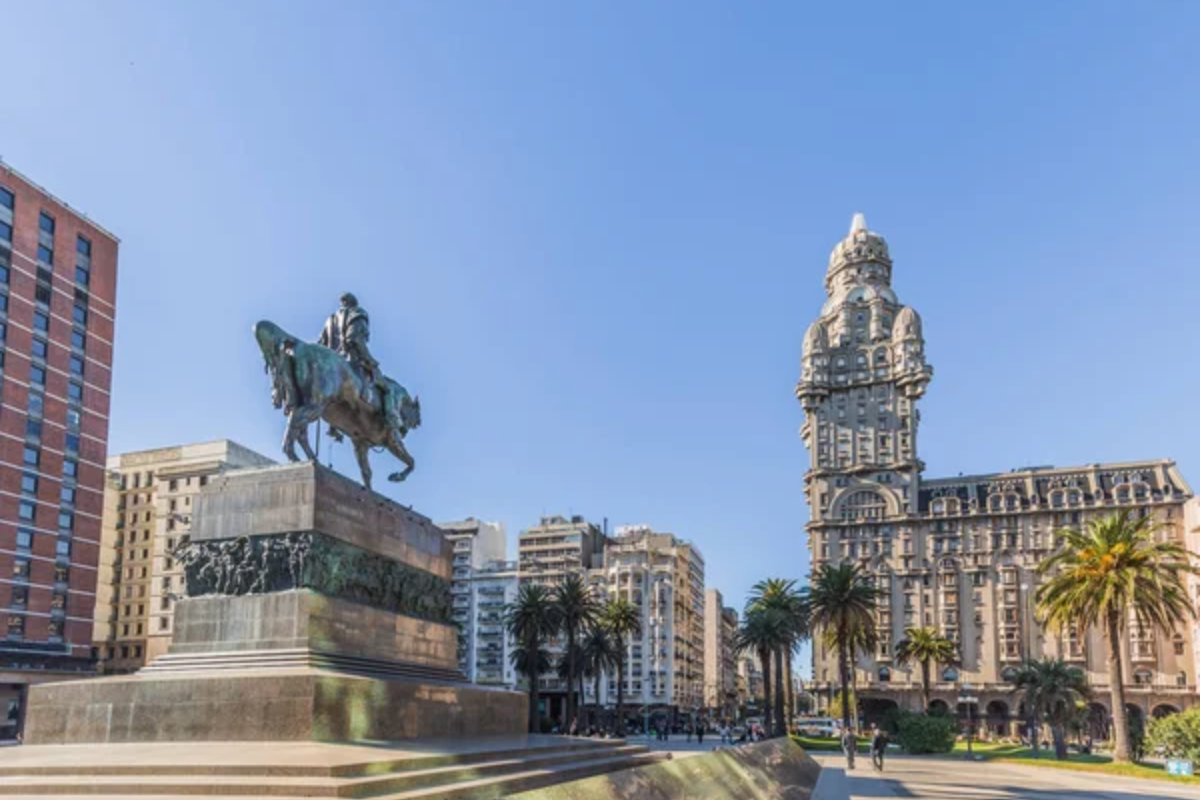
Uruguay’s moderate Atlantic-influenced climate has proved ideal for tannat, a robust red variety that develops softer, more approachable characteristics in this New World setting. Family-owned wineries focus on sustainable practices, creating distinctive expressions from this once-obscure French grape.
Uruguay’s wines reflect the country’s position between Old and New World approaches, combining European tradition with South American fruit expression.
Gotland, Sweden
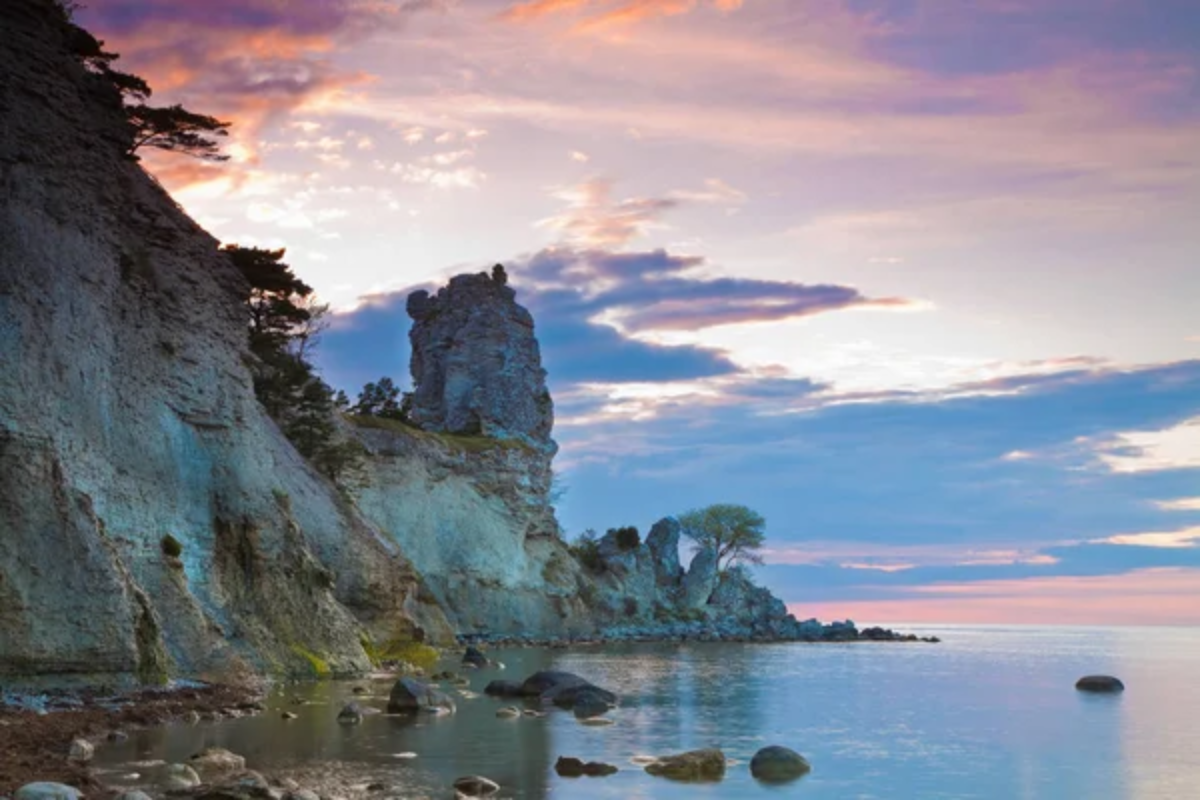
Sweden’s largest island hosts vineyards that benefit from the Baltic Sea’s moderating influence and exceptionally long summer days. Growers focus on hybrid varieties specifically developed for cold climates, creating fresh, aromatic whites and light-bodied reds.
Swedish winemakers embrace their marginal growing conditions, producing distinctive wines that capture the unique characteristics of this Nordic terroir.
Like Travel Pug’s content? Follow us on MSN.
The World in Your Glass
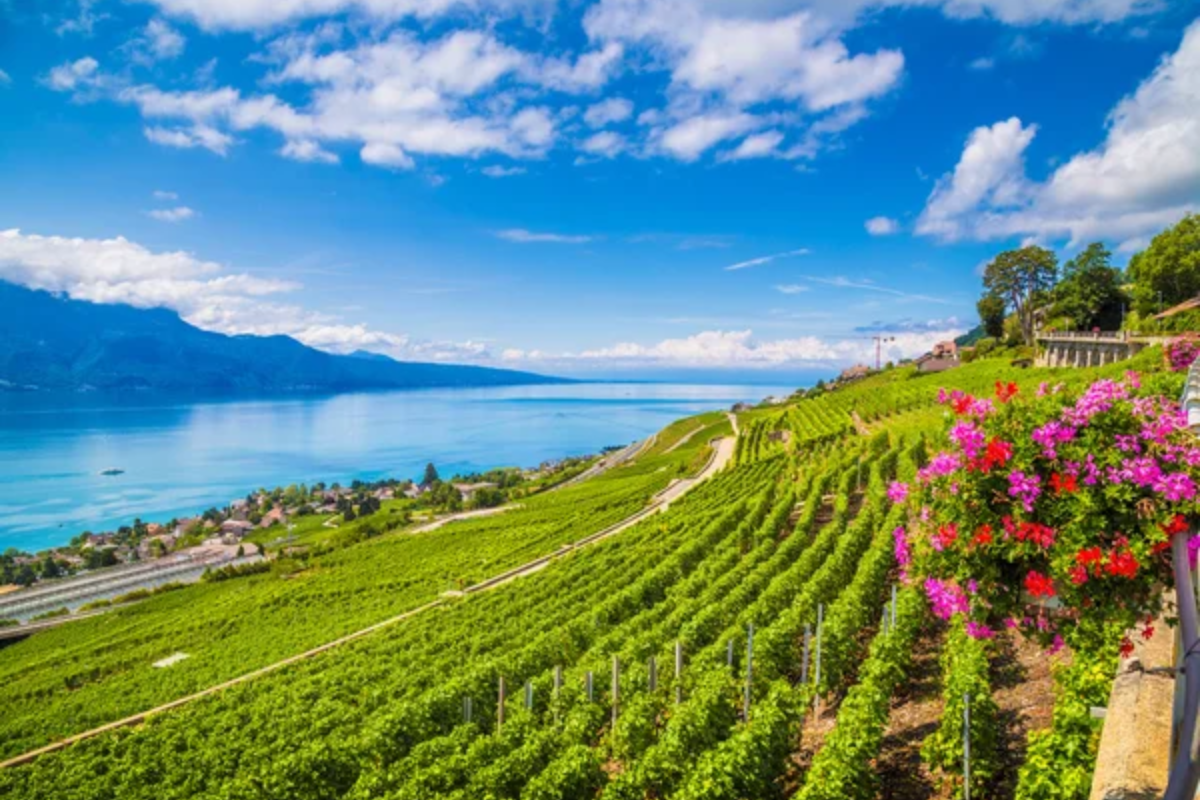
These unexpected wine regions demonstrate how creativity, determination, and adaptability are expanding the boundaries of what we once thought possible in winemaking. As climate patterns shift and technology evolves, we’re witnessing the emergence of entirely new expressions of terroir in places previously dismissed as unsuitable for quality viticulture.
Each bottle from these regions offers a delicious drinking experience and a story of innovation and perseverance against challenging odds.
More from Travel Pug

- Cities Growing so Fast You Won’t Recognize Them in 10 Years
- 13 Destinations Where Tourists Regularly Regret Their Trip
- 20 Obscure WWII Sites Even History Buffs Don’t Know About
- 10 Under-the-Radar Mountain Towns That Are Both Affordable and Beautiful
- 20 Abandoned Places That Feel Like Real-Life Post-Apocalyptic Movie Sets
Like Travel Pug’s content? Follow us on MSN.
